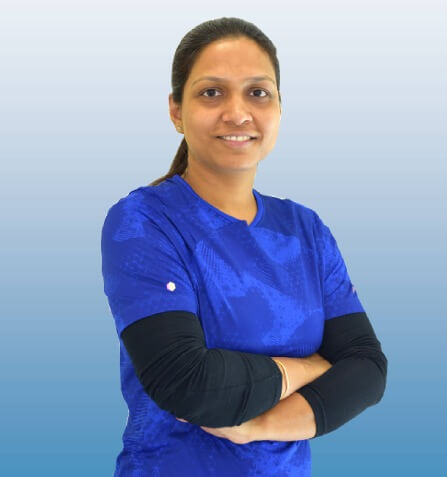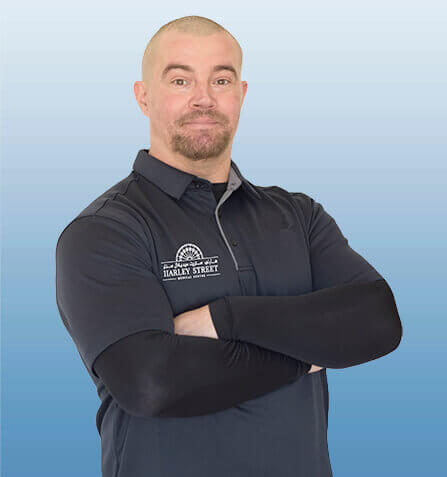SPRAIN & STRAINS
KNEE SPRAIN
 Knee sprain is a common injury that occurs from overstretching of the ligaments that support the knee joint. A knee sprain occurs when the knee ligaments are twisted or turned beyond its normal range causing the ligaments to tear.
Knee sprain is a common injury that occurs from overstretching of the ligaments that support the knee joint. A knee sprain occurs when the knee ligaments are twisted or turned beyond its normal range causing the ligaments to tear.
Some of the common causes of a knee sprain include forceful twisting of the knee, sudden stop while running, direct blow to the knee, and fall that results in landing on your knees. The factors that increase the risk of knee sprain include participation in sports activities such as skiing, poor coordination, poor balance, and inadequate flexibility and strength in muscles and ligaments.
The most common symptoms include pain, swelling, bruising, warmth and redness of the skin, and restricted movements. Pain will occur soon after injury and may increase upon moving the knee.
Your doctor will evaluate your condition by physical examination and medical history. Diagnostic tests such as X-ray and MRI scan may be required to confirm the condition and provide treatment.
Immediately following a knee injury and before being evaluated by a doctor, you should initiate the R.I.C.E. method of treatment:
- Rest: You must ensure that your child takes rest, as more damage could result from putting pressure on the injured area.
- Ice: Ice packs should be applied over the injury to decrease swelling and pain. Ice should never be placed on the skin directly instead it should be applied over a towel to the affected area for 15-20 minutes four times a day for several days.
- Compression: Wrap the knee with an elastic bandage or compress it with the help of a stocking to minimize the swelling and support the knee.
- Elevation: Elevate your child’s knee above heart level which will help to decrease swelling and pain.
After the RICE treatment, your doctor may suggest you to wear sling, cast, or a brace which immobilizes the knee joint to prevent it from further movement until healing happens. Medicines are prescribed such as nonsteroidal anti-inflammatory drugs to decrease pain and swelling. Physical therapy includes range of motion exercises such as strengthening and stretching exercises which helps to regain normal functioning of the knee.
There are few preventive measures to reduce your risk of knee sprain.
- Ensure that you do your warm up exercises or stretches before starting any physical activity or sports.
- Make sure that you wears proper pair of shoes during sports activity which will protect you from injuries.








